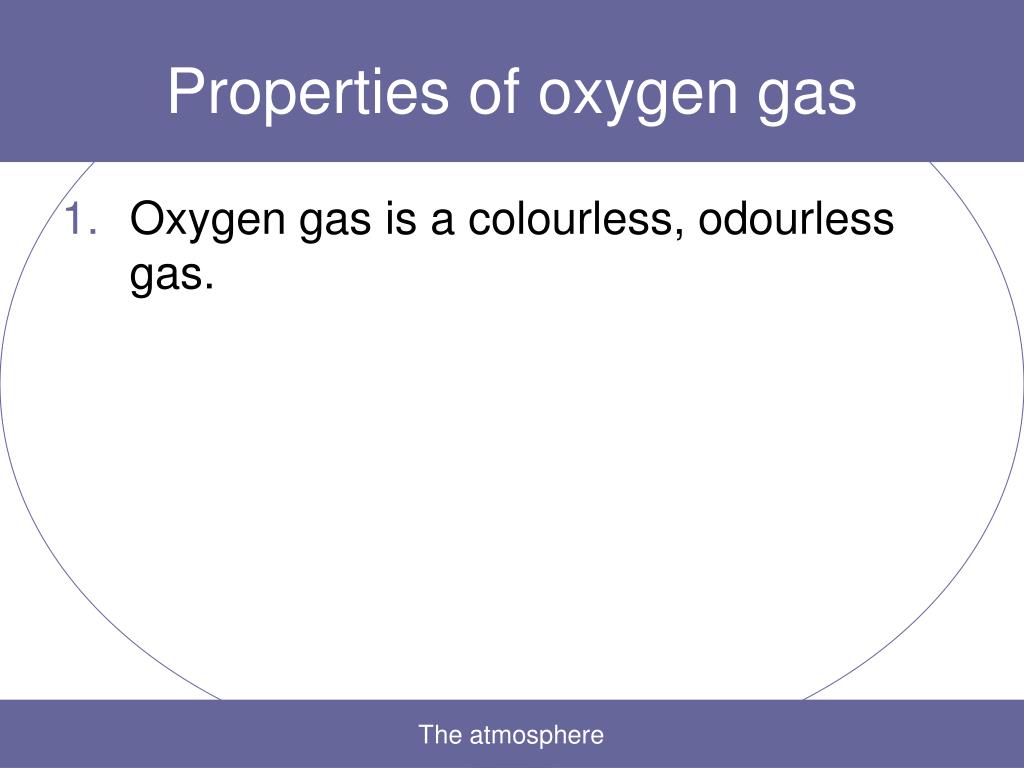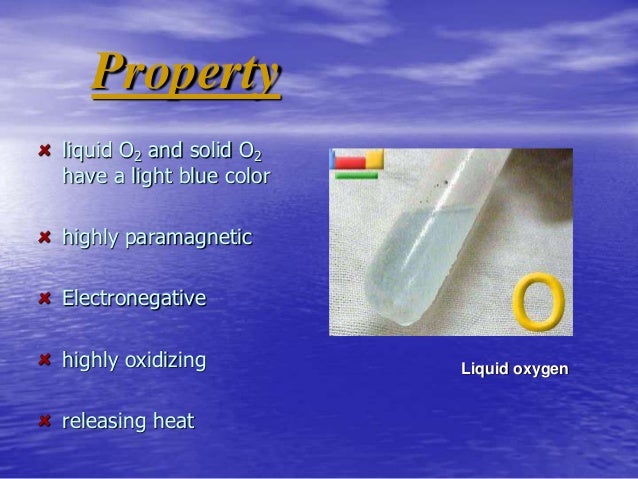As a gas oxygen is odourless and colourless in its liquid and solid forms however it looks pale blue

As a gas, oxygen is odourless and colourless. In its liquid and solid forms, however, it looks pale blue.

When we think of oxygen, we often imagine it as the life-sustaining gas that we breathe in every day. But did you know that oxygen can exist in different states, each with its own visual properties?
In its gaseous form, oxygen is both odourless and colourless. We cannot see or smell it, but we rely on it for our very survival. Oxygen gas makes up about 21% of the Earth’s atmosphere, and it is essential for the respiration of most living organisms. Without it, life as we know it would cease to exist.
Despite being invisible, oxygen gas is responsible for various chemical reactions and combustion processes. It reacts eagerly with other elements and compounds, giving it the ability to support life and produce energy when combined with a fuel source.

However, when oxygen is cooled to extremely low temperatures, it undergoes a fascinating transformation. At temperatures below -183 degrees Celsius, oxygen gas condenses into a pale blue liquid. This liquid oxygen is still odourless but possesses an eye-catching blue hue.
The mesmerizing blue color is a result of the selective absorption of red and infrared light by the oxygen molecules. As sunlight, which consists of all colors of the visible spectrum, passes through liquid oxygen, the blue wavelength is scattered more readily, creating the distinct blue appearance.
If liquid oxygen is subjected to even lower temperatures, it solidifies and forms pale blue crystals. These frozen oxygen crystals retain the same captivating blue shade as the liquid form.
While we rarely come into contact with liquid or solid oxygen in our daily lives, the pale blue color they exhibit is truly captivating. It serves as a reminder that elements can exist in various states, each with its own unique properties.
In conclusion, oxygen is often referred to as a life-giving gas, and rightfully so. As a gas, it is invisible and odorless, allowing us to go about our days without giving it much thought. However, when oxygen is cooled to extreme temperatures, it transforms into a stunning pale blue liquid and solid form. This visual transformation highlights the versatility and beauty of the element that is essential for our existence.
Sources:
ReadersDigest - Science Facts You Never Learned in School
Tags
Share
Related Posts
Quick Links
Legal Stuff

